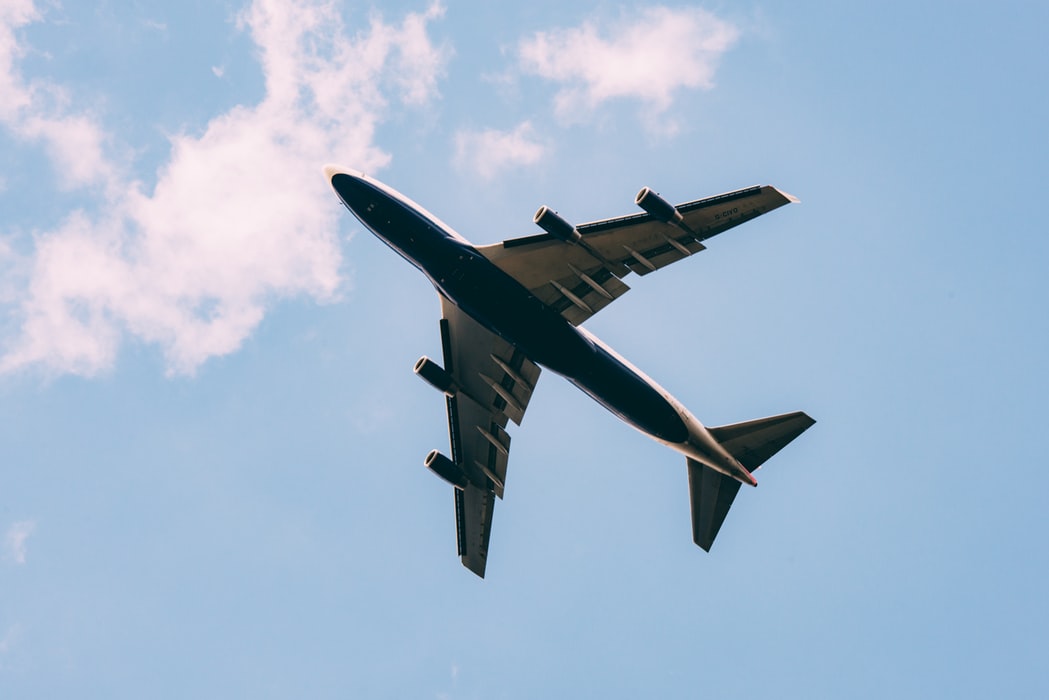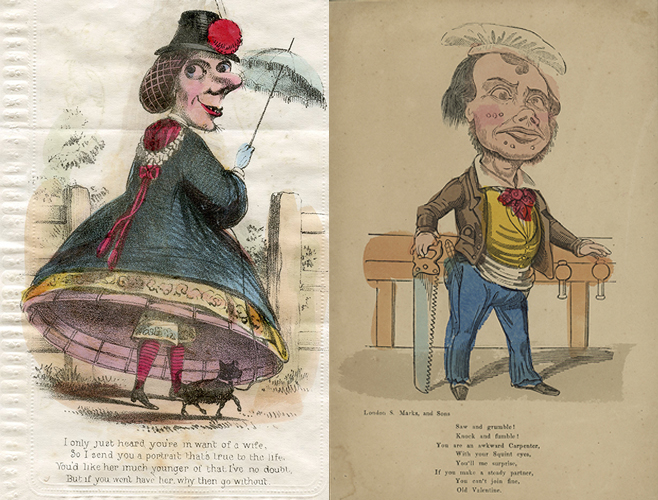News | Monday, 4th March 2013
The future of aviation emissions
New report looks at potential schemes for carbon reduction

LEADING aviation specialists at Manchester Metropolitan University have recommended the best way to reduce emissions is to put a price on carbon.
In a report released on Monday, the key measures to reduce international aviation emissions by 2050 were examined.
MMU researchers state the single biggest way to have a significant effect on emissions would be to put a price on carbon, such as the regional Emissions Trading System (ETS).
The European Commission has formerly introduced an EU-ETS for aviation in January 2012 and consequently faced considerable opposition from other countries, including the United States. The European Commission has since proposed suspending enforcement of the system for one year only while attempts are made to find a global solution to address rising international aviation emissions, ahead of the International Civil Aviation Organization Assembly in September 2013.
Efficiences
The report will now inform a high level group on climate change negotiations at the International Civil Aviation Organization who are discussing global schemes to counter aviation CO2 emissions.
Experts from MMU’s Centre for Aviation, Transport, and the Environment, also suggested improved technology and operational efficiencies and the use of biofuels could all have an effect on aviation emissions by 2050.
However, none of the measures will achieve ICAO’s aspirational goal of no net increase in international aviation emissions from 2020.
The report also identified that international aviation emissions will only just manage to be reduced by 2050 if what the report calls “speculative” levels of biofuels, and “maximum feasible reductions” from technology and improved operational efficiencies are introduced.
Timeley report
It is hoped this will achieve ICAO’s goal for a 2% per year increase in fuel efficiency.
By contrast, an operational EU-ETS and its extension to 2050 beyond its planned 2020 limit will easily achieve the 2% goal.
Professor David Lee, Director of Manchester Metropolitan University Centre for Aviation, Transport and the Environment (CATE) and leader of the study, said: “We have been working on this for some time, since we did a simpler exercise to inform climate negotiations in Durban in 2011 for a United Nations Environment Program Report on aviation and shipping emissions.
“This report is very timely, in that I hope it will inform the current negotiations on how to take forward emissions reductions of CO2 from international aviation.”




